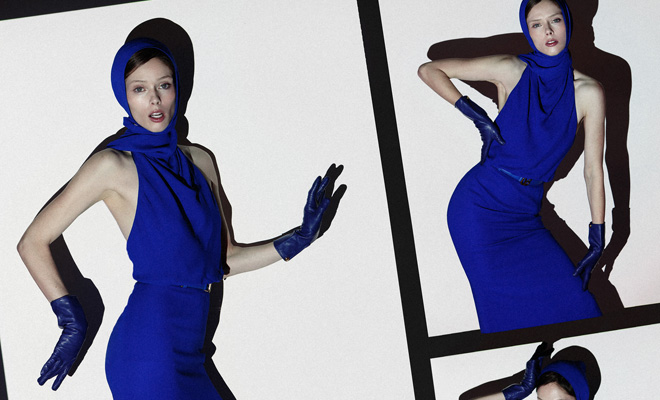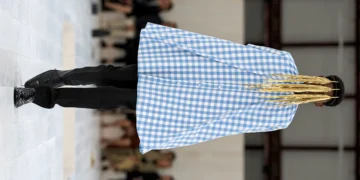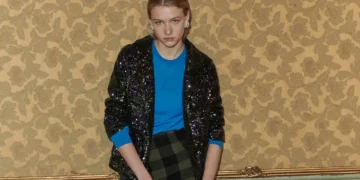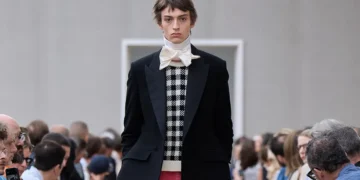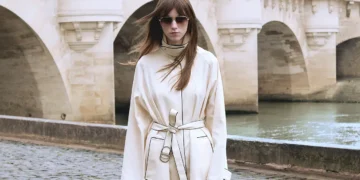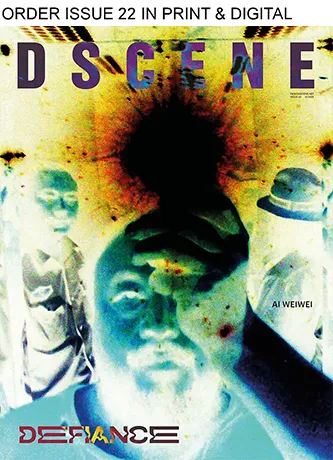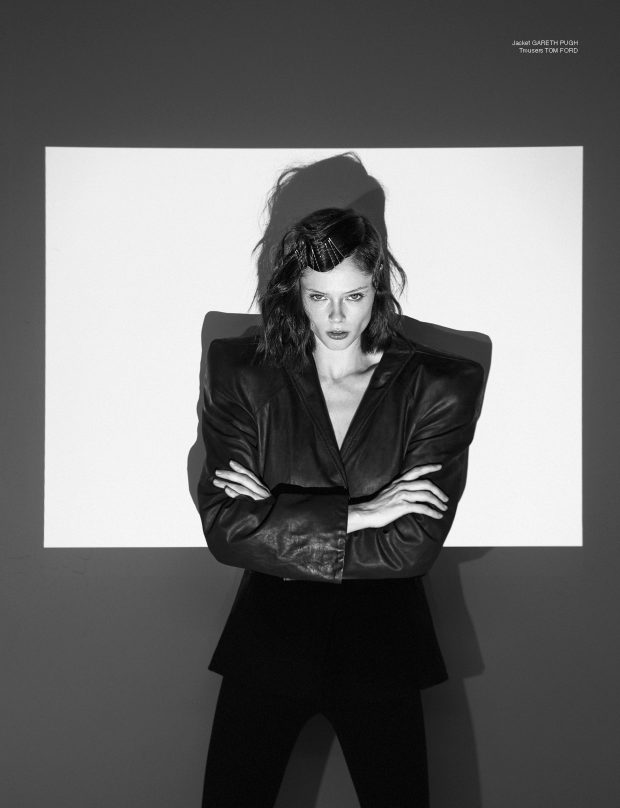
Fashion photography is an art that blends creativity, technical skill, and a keen understanding of style. Whether you’re shooting for a fashion magazine, a brand campaign, or your personal portfolio, capturing striking images that convey the essence of fashion requires more than just a camera. Here are six tips on story, lighting, background, props, direction, and perspective to help make your images stand out.
Understand Your Subject and Story
Every great fashion photograph tells a story. Before you start shooting, think about the story you want to convey through your images. For example, are you photographing a bold, avant-garde look that challenges norms or a soft, romantic style that evokes nostalgia? Such considerations will guide your choice of location, lighting, and poses.
Research the brand or collection you are working with to understand their aesthetic and target audience. The more you know about the fashion you’re photographing, the better you can translate its essence into captivating visuals. Also, discuss the vision with your model and stylist to make sure that everyone is on the same page.
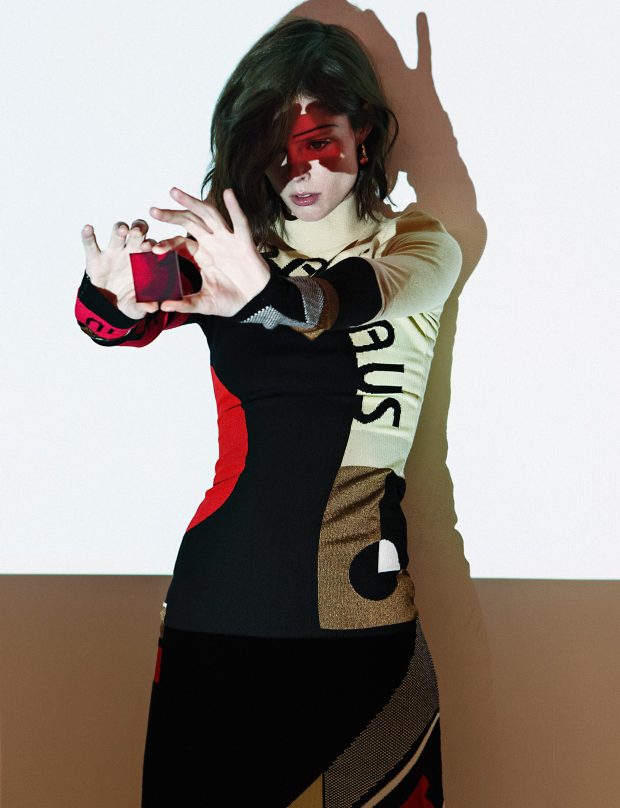
Perfect the Lighting
Lighting can make or break a fashion shoot. Experiment with different setups to create mood and enhance textures. Natural light can provide a soft, flattering effect, especially during the golden hour just after sunrise or just before sunset but artificial lighting gives you more control over shadows, highlights, and contrasts.
Consider using a combination of soft and hard lights to add depth and dimension to images. Ring lights or soft boxes can help eliminate harsh facial shadows. Side lighting can emphasize textures in the fabric. The direction, intensity, and color of light all contribute to the feel of your images.
Choose Appropriate Backgrounds
The background of your shot plays a crucial role in complementing or providing a contrast with the fashion pieces. A clean, minimalist backdrop puts the spotlight entirely on the clothing; a dynamic setting adds context and depth to the images. Consider the style and theme of the shoot. A gritty urban environment may be more appropriate for a streetwear brand, a lush garden for a collection of bohemian dresses.
Also, think about how the colors and patterns in your background interact with the clothing. Avoid busy or distracting elements that may divert attention from the main subject. A well-chosen background enhances the story you are telling and frames the fashion in an aesthetically pleasing way.
Use Props to Add Interest
Like the background, props can add layers of meaning to fashion photography. They can tell a story or simply provide a fun element that draws the eye. If you’re taking fashion photos at a bar, perhaps your models should be holding some beers – or even THC seltzers, depending on the state – to express the idea that this is a social, nightlife-oriented brand.
Use props creatively but sparingly to enhance the composition without overpowering the main subject. A flowing scarf held up in the wind can add movement; a piece of sheer fabric draped around the model can create a sense of mystery. Experiment with different items to see how they interact with your model and the clothing to create visual interest and depth.
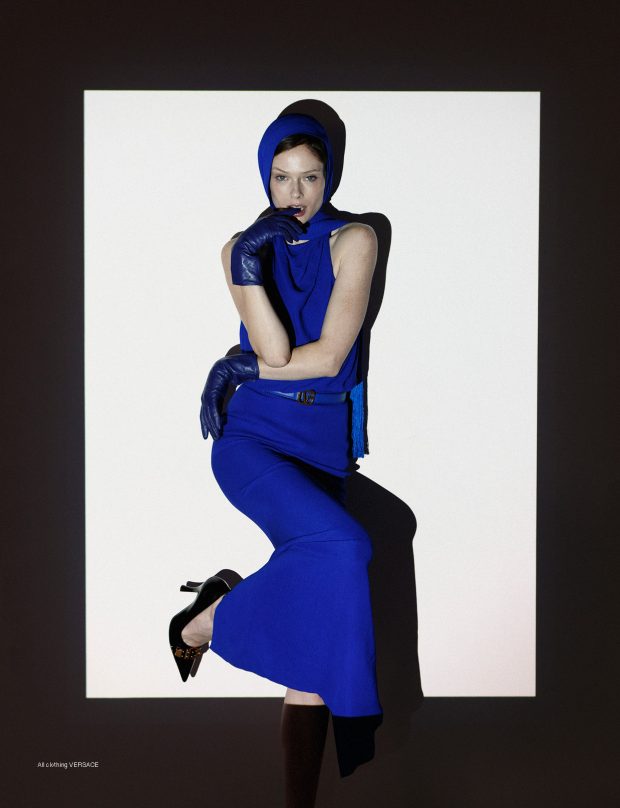
Direct Your Model
A great fashion photograph is about clothing, but it’s also about how the clothing is worn. You need to direct your model effectively to bring your vision to life and highlight the key features of the fashion pieces. Be clear about the mood and attitude you want to convey, whether it’s fierce confidence or playful elegance.
Encourage him or her to experiment with poses and expressions, but also be ready to give specific directions to achieve the look you want. Ask for dynamic poses that showcase the silhouette, movement, and flow of the garments. Body language can tell a story as powerfully as a facial expression or a camera angle.
Experiment with Angles and Perspectives
Playing with angles and perspectives can result in visually captivating images that stand out. Get low, shoot from above, and use unconventional angles to create unique compositions. A lower angle can make your model appear taller and more powerful. Shooting from above can create a sense of vulnerability or delicacy.
Move around your subject to explore different vantage points to find the most flattering and interesting perspectives. Incorporate reflections, use mirrors, or shoot through objects like glass or foliage to create intriguing visual effects. Experimenting with angles will help you go beyond standard compositions and create images that grab attention.
Great fashion photography combines vision, technique, and storytelling. Stay curious and always push the boundaries of your creativity. That’s how magic happens.
Images from DSCENE Issue 10 cover story starring Coco Rocha – see full article here.
